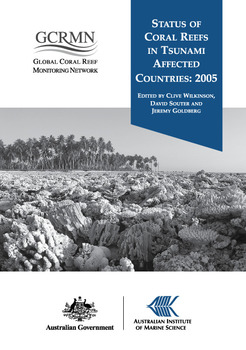Post tsunami status of coral reefs in Malaysia

Citation
Tun, K.; Yusuf, Y.; A.Y. Amri, A.Y. (2006). Post tsunami status of coral reefs in Malaysia. p. 57-62. In: Wilkinson, C. ; Souter, D. ; Goldberg, J. (eds.). Status of Coral Reefs in Tsunami Affected Countries
Malaysia escaped most of the tsunami damage because it was shielded by Sumatra and received only secondary waves. The northern states of Perlis, Kedah Perak and Selangor on the west coast of Peninsular Malaysia and the outlying islands of Penang and Langkawi were damaged; A ‘red flag’ warning system on some beaches prevented a higher casualty rate, but there were 68 deaths of mostly picnickers and children. Most of the damage was to the fisheries sector: 7,721 fishers were directly affected. 3,626 fishing vessels were lost or damaged (worth US$7.5 million). Coastal fishing villages, squatter settlements, jetties, bridges and shops were damaged and inshore fisheries landings dropped by more than half. Damage to the aquaculture industry affected 232 fish farmers with economic losses of US$7.24 million. There was only minor damage to tourism infrastructure, however, tourist arrivals dropped for fear of more tsunamis. There was little damage to coral reefs and most areas were unaffected. Some erosion occurred on upper reef slopes and reef crests, with minor sediment re-suspension and some coral breakage in shallow water and the assessments highlighted the poor condition of the reefs prior to the tsunami with high sediment loads damaging coral reefs; the pre-tsunami status of Malaysian coral reefs was poorly documented.
Permalink
Date Available
Type
Publisher
Topics
Language